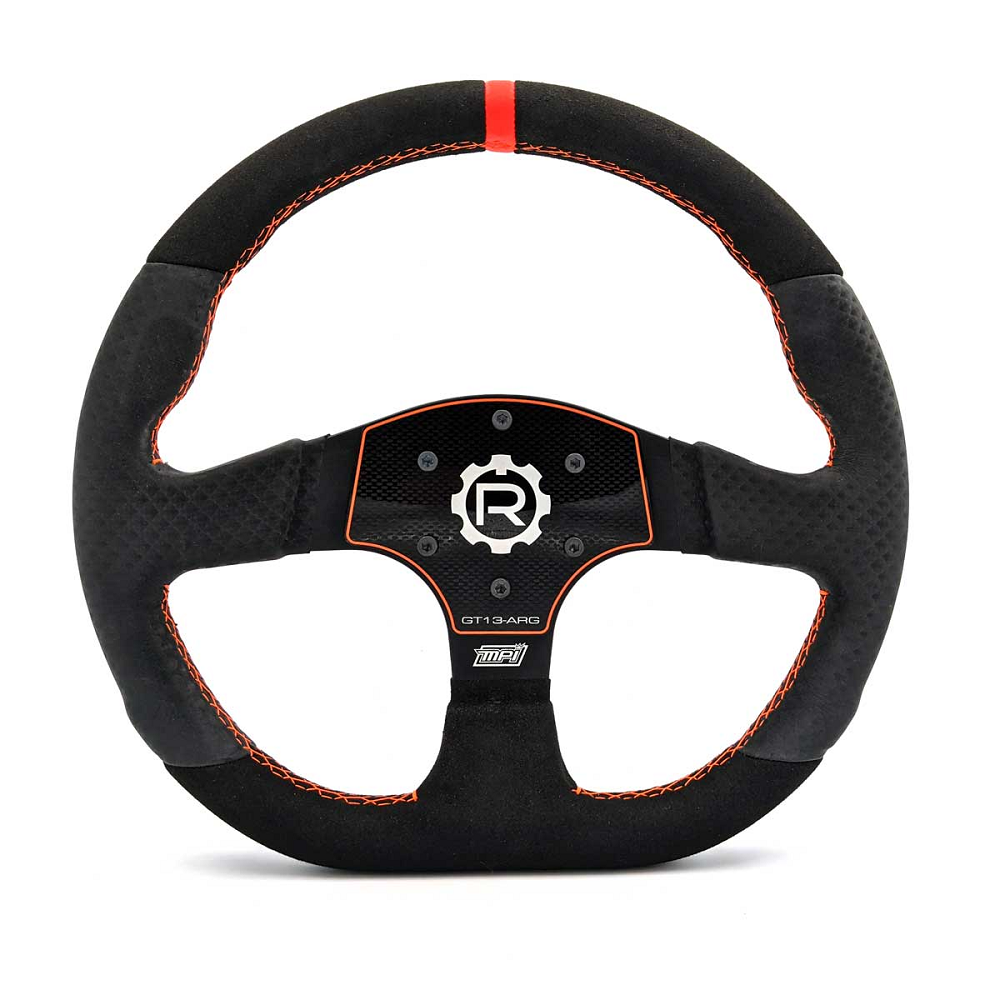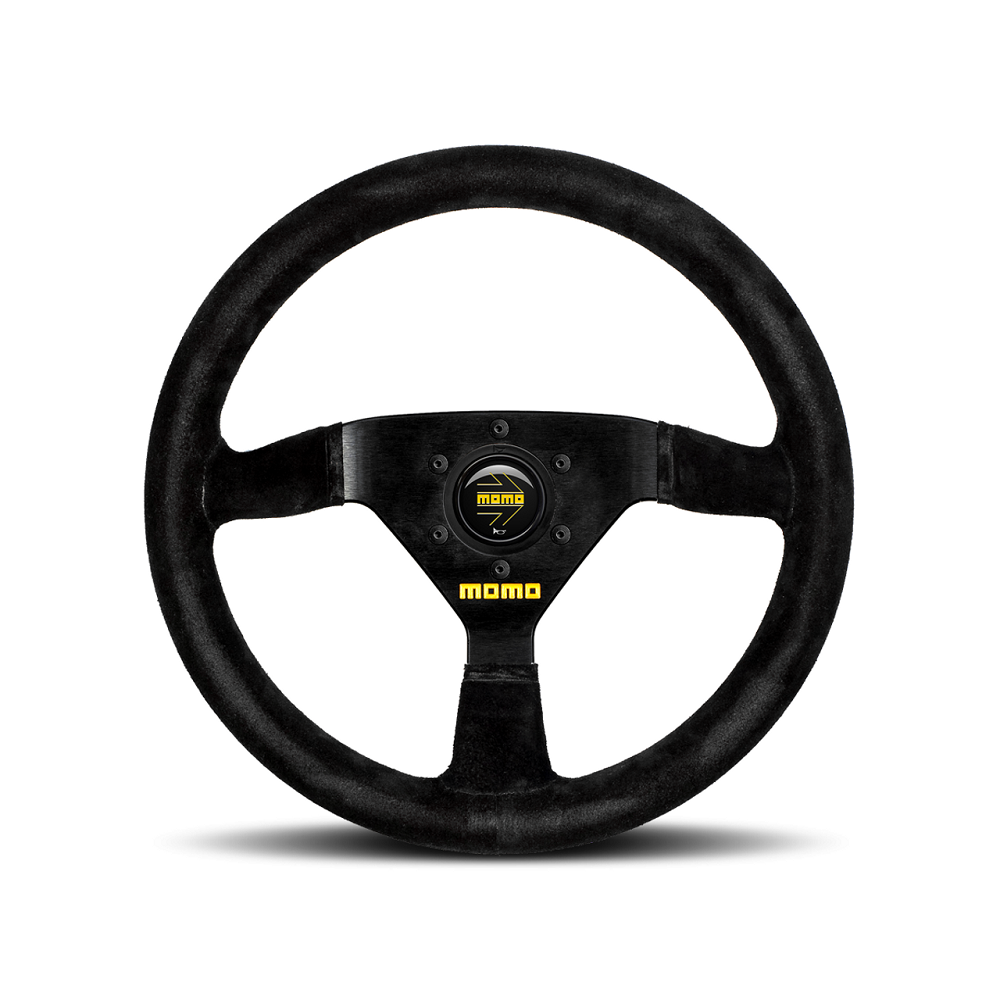Introduction to Racing Steering Wheels
Racing steering wheels have undergone significant transformations over the years. This evolution is driven by technological advancements, the need for better control, and innovations in materials science. They are critical components in racing cars, directly influencing the driver’s performance. From the basic wooden wheels of early automobiles to the high-tech, carbon-fiber constructs of today, racing steering wheels have seen a revolution.

Early models were simplistic. They lacked the ergonomic design and functional systems that characterize modern wheels. These rudimentary designs offered rudimentary control, sufficient for the relatively slow speeds of early races. However, as racing cars became faster and more sophisticated, the need for better steering wheels grew apparent.
The mid-twentieth century heralded the arrival of leather-wrapped steering wheels. They provided better grip, essential for maintaining control at higher speeds. Manufacturers began experimenting with wheel thickness and diameter. These changes improved ergonomics, reducing driver fatigue during long races. The introduction of power steering in the 1950s and 60s added another layer of control, enabling smoother wheel movements and less physical strain on drivers.
Modern racing steering wheels are marvels of engineering. They combine lightweight materials, advanced electronics, and ergonomic designs. They are not just steering devices; they’re comprehensive control panels. Modern steering wheels feature an array of buttons, dials, and displays. These controls allow drivers to adjust settings on-the-fly, such as fuel mixture, brake balance, and traction control. As cars became more technical, the steering wheel evolved to help drivers keep up with the complexity.
The Anatomy of Modern Racing Steering Wheels
Material Choices in Racing Steering Wheels
Material science plays a pivotal role in constructing modern racing steering wheels. Most modern wheels are made from carbon fiber or magnesium alloy. Carbon fiber is extremely strong while being lightweight. This combination is crucial for racing applications, where reducing weight can significantly improve performance. Magnesium alloy, while not as light as carbon fiber, provides a good balance of strength and weight.
Special attention is given to the grip surface. Leather remains a popular choice, but Alcantara—a synthetic material—has gained favor. Alcantara offers excellent grip and durability, even under sweaty conditions. The choice of these materials aims to provide maximum control with minimal slippage. Some wheels also incorporate rubberized or foam sections, further enhancing grip and comfort.
Ergonomics and Design
Ergonomics is another crucial aspect of designing racing steering wheels. Designers consider the positions of the driver’s hands, the movements required for different tasks, and the overall comfort during prolonged use. Modern wheels are usually smaller in diameter than traditional car wheels. They often feature flat bottoms, allowing for more legroom and easier cockpit entry.
Button placement on the wheel is meticulously planned. Buttons are color-coded and shaped differently to be identifiable by touch. This allows drivers to make adjustments without taking their eyes off the road. Paddles behind the wheel enable seamless gear shifts, while thumb knobs control finer adjustments.
Integrated Electronics
Today’s racing steering wheels are laden with electronics. They feature built-in screens that provide real-time data on speed, fuel levels, and tire temperatures. Some even offer GPS navigation and telemetry data. Modern wheels can be tuned for a variety of settings. Adjustable traction control, brake balance, and even suspension settings can be found on the wheel. This array of controls helps drivers optimize their vehicles’ performance to suit changing track conditions.
Steering wheels often connect to the car’s electronic control unit (ECU) via complex wiring harnesses or even wireless systems. This connection allows immediate data exchange, enabling rapid adjustments and real-time feedback. Advanced systems even include haptic feedback, providing tactile alerts for critical situations like wheel spin or understeering.
The Role of Racing Steering Wheels in Driver Performance
Precision and Control
Precision and control are paramount in racing. The steering wheel serves as the primary interface between the driver and the car. Any lag or inaccuracy can result in lost time or even catastrophic accidents. Therefore, modern racing steering wheels are designed for ultimate precision. This precision is achieved through meticulous engineering and high-quality materials.
Power-assisted steering reduces the manual effort required to turn the wheel. This allows drivers to make quick, precise movements, which are vital during high-speed maneuvers. The feedback from the wheels through the steering column provides essential information about road conditions, aiding in decision-making during a race. This feedback mechanism, often referred to as “steering feel,” helps drivers gauge the limits of tire adhesion and adjust their strategies accordingly.
Impact on Driver Fatigue
Driver endurance is another critical factor in racing. Fatigue can significantly impair performance, leading to mistakes that could prove costly. Modern steering wheels are designed to minimize fatigue. Their ergonomic shapes reduce muscle strain, and high-grip materials reduce the effort needed to hold the wheel securely.
The integration of controls on the wheel also helps. Instead of reaching for various switches and dials around the cockpit, drivers can make adjustments right on the wheel. This minimizes movement and helps drivers maintain a comfortable posture, further reducing fatigue over long races.
Psychological Impact
A well-designed steering wheel can also have a positive psychological impact on the driver. Confidence in one’s equipment can translate into better performance. When a driver knows that their steering wheel offers ultimate control and reliability, they can focus more on the race rather than on struggling with their equipment. Modern racing wheels provide a sense of connectivity between the driver and the car, enhancing the driving experience and allowing for better performance.
Customization and Personalization
Tailoring to Individual Preferences
Each driver is unique, and their preferences for steering wheel setup can vary significantly. Customization options are therefore available, allowing teams to tailor wheels to individual drivers’ needs. These customizations can range from adjusting the size and shape of the wheel to the placement and types of controls.
Some drivers may prefer a thicker wheel for better grip, while others might opt for a thinner design for precise control. Button placements can also be customized. For example, a driver who frequently adjusts traction control might want that button placed in a more accessible position.
Team Strategy and Customization
Customization isn’t just limited to driver preferences; it also plays a role in team strategies. Different tracks require different setups. A track with lots of tight corners might require a wheel setup that allows for rapid, small adjustments. Conversely, a high-speed track might demand a setup that prioritizes stability and minimal distraction.
Teams work on these customizations meticulously, often employing simulation software to test various setups. This pre-race preparation ensures that the steering wheel setup complements both the driver’s style and the track’s demands, providing a competitive edge.
Technological Innovations
Augmented Reality and Heads-Up Displays
The integration of augmented reality (AR) and heads-up displays (HUDs) is one of the exciting developments in racing steering wheel technology. These systems can project crucial data directly onto the helmet visor, eliminating the need for drivers to look down at the wheel. This technology can significantly reduce distraction, allowing drivers to keep their eyes on the road while still accessing vital information.
Wireless Technology
Wireless technology is another frontier being explored. Currently, most steering wheels connect to the car’s ECU via wired connections. However, wireless systems could eliminate the bulk and potential failure points associated with cables. Advances in wireless communication technologies, such as Bluetooth and near-field communication (NFC), are making this a viable option.
Haptic Feedback
Haptic feedback technologies are also being integrated into steering wheels. These systems provide tactile sensations to alert drivers about various conditions. Minor vibrations might indicate a loss of traction, while stronger pulses could signal more critical issues, such as brake lockup. This form of feedback can convey information quickly and intuitively, allowing drivers to react faster.
Conclusion
Racing steering wheels are indispensable to the sport. They have evolved from simple wooden hoops to complex, high-tech control centers. Each advancement in material science, ergonomics, and electronic integration aims to enhance the driver’s control, comfort, and performance. Modern racing wheels offer precision, customization, and invaluable real-time data, directly contributing to racing success. As technologies continue to advance, we can only anticipate even more innovative developments in the future of racing steering wheels.


